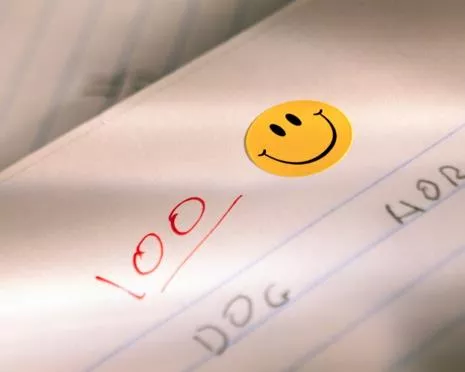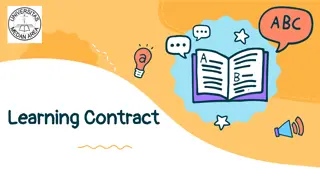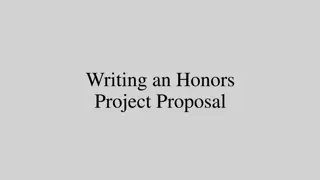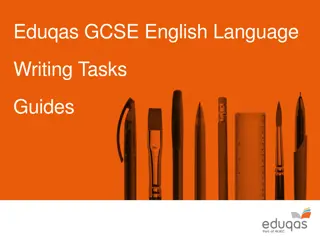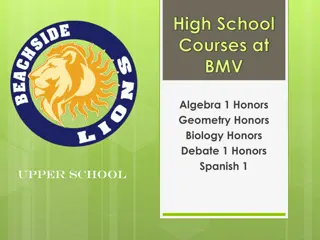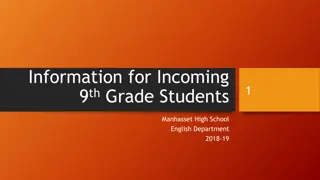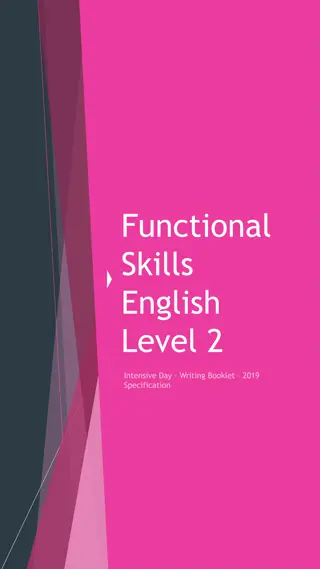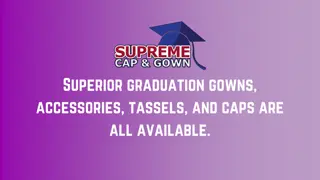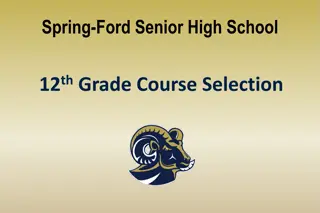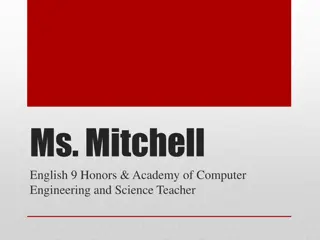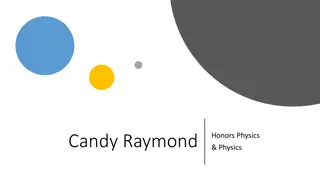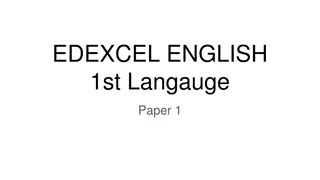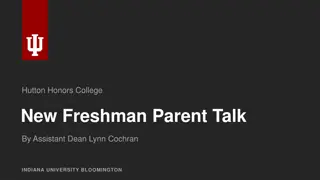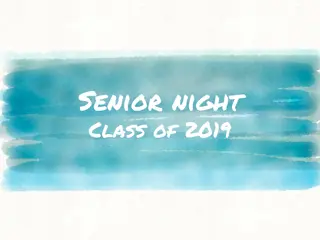Writing Tips and Techniques for Honors English 10
Enhance your writing skills with these creative techniques for adding humor, poetic rhythms, hyphenated modifiers, and repetition for effect to your paragraphs. Inject humor to keep readers engaged, create magic with three parallel groups of words, and use hyphenated modifiers for sophistication. Explore the power of repetition to emphasize key points in your writing.
Download Presentation

Please find below an Image/Link to download the presentation.
The content on the website is provided AS IS for your information and personal use only. It may not be sold, licensed, or shared on other websites without obtaining consent from the author.If you encounter any issues during the download, it is possible that the publisher has removed the file from their server.
You are allowed to download the files provided on this website for personal or commercial use, subject to the condition that they are used lawfully. All files are the property of their respective owners.
The content on the website is provided AS IS for your information and personal use only. It may not be sold, licensed, or shared on other websites without obtaining consent from the author.
E N D
Presentation Transcript
Smiley Face Tricks Honors English 10
Humor Whenever possible and appropriate, inject a little humor to keep your reader awake Example: "Traveling with kids is hard! You gotta be tough, you know? We just got back from Disney World. We spent all day walking and it was hot and it was like, 'I need a drink of water, and 'I'm tired,' and 'I need to go potty.' Finally, my six-year old put her hands on her hips and said, 'Dad, quit whining.'"
Magic 3 Three parallel groups of words, usually separated by commas, that create a poetic rhythm or add support for a point, especially when the items have their own modifiers: Example: In those woods, I spent hours LISTENING to the wind rustle the leaves, CLIMBING trees and spying on nesting birds, and GIVING the occasional wild growl to scare away any pink-flowered girls who might be riding their bikes too closely to my secret entrance.
Hyphenated Modifiers Connecting two or more adjectives or adverbs together with a hyphen Lends an air of originality and sophistication to your writing Example: She s got this blond hair, with dark highlights, parted in the middle, down past her shoulders, and straight as a preacher. She s got big green eyes that all guys admire and all girls envy, and this I m-so-beautiful-and-I-know-it body, you know, like every other super model.
Hyphenated Modifiers Suggested topics: Hair Clothing Attitude Look Voice Mistake Mr. or Miss ______ Celebrities opinions of self Sports plays Experience Task: Write a paragraph that incorporates your hyphenated modifier.
Repetition for Effect Repeating specially chosen words or phrases to make a point or to stress certain ideas for the reader. Example: The veranda is your only shelter AWAY FROM the sister in bed asleep, AWAY FROM the brother who plays in the tree house in the field, AWAY FROM your chores that await you.
Your task: Revise your paragraph on the same topic you chose from your into class and incorporate repetition for effect.
Figurative Language Non-literal comparisons - such as similes, metaphors, personification, hyperbole, onomatopoeia, symbolism, irony, alliteration, assonance, and so on Adds spice to writing and can help paint a more vivid picture for the reader Example: The first week of August hangs at the very top of summer, the top of the live-long year, like the highest seat of a Ferris wheel when it pauses on its turning. The weeks that come before are only a climb from balmy spring, and those that follow drop to the chill of autumn, but the first week of August is motionless, and hot. (Natalie Babbitt, Tuck Everlasting)
Enhanced figurative language Extended simile: Life is like a river. It starts off young and full of energy like a babbling brook. In the end it snakes lazily and slowly along like the mighty Mississippi until eventually, emptying into the sea, our body once again becomes one with nature.
Your task: Choose a topic and compare it to something completely unrelated. Extend your simile or metaphor into an entire paragraph to enhance the readers understanding of your view on the topic itself. Sample topics: Life School Your favorite sport Your sister A pet peeve Your significant other Your favorite food
Expanded Moment Instead of speeding past a moment, emphasize it by expanding the actions. Example: I wish I could have gone. But no, I had to go to school. And I had to listen to my math teacher preach about numbers and letters and figures I was tired of hearing her annoying voice lecture about a=b divided by x. I glared at the small black hands on the clock, silently threatening them to go faster. But they didn t listen; I caught myself wishing I were on white sand and looking down at almost transparent pale-blue water with Josh at my side I don t belong in some dumb algebra class. I belong on the beach, where I can soak my feet in caressing water, sip Dr. Pepper all day long, and let the wind wander its way through my chestnut-colored hair.
Specific details for effect Instead of general, vague descriptions, use specific sensory details to help the reader visualize the person, place, thing, or idea Example: It s one of those experiences where you want to CALL A RADIO STATION and tell your problems to SOME GUY WHO CALLS HIMSELF DR. JOE but who isn t more of a doctor than your pet hamster is; one of those experiences where you want to READ A SAPPY HARLEQUIN ROMANCE NOVEL and LISTEN TO TAYLOR SWIFT with a BAG OF OREOS AS YOUR BEST FRIEND; one of those experiences where you wouldn t be surprised if someone came up to you and asked EXACTLY WHAT THE HECK WERE YOU THINKING. Yeah, one of those.
Sample topics One part of a day on vacation An embarrassing moment Seeing the boy/girl of your dreams Learning to drive A triumphant/humbling moment A significant life event (birth of a sibling, death of a loved one) A new outfit A surprising piece of news
Full-circle ending Include an image at the beginning of a piece of writing and then mentioning it again at the end To wrap up a piece of writing, try repeating a word, phrase, or idea that brings the reader back to an idea at the beginning of a piece. Gives your piece a sense of closure
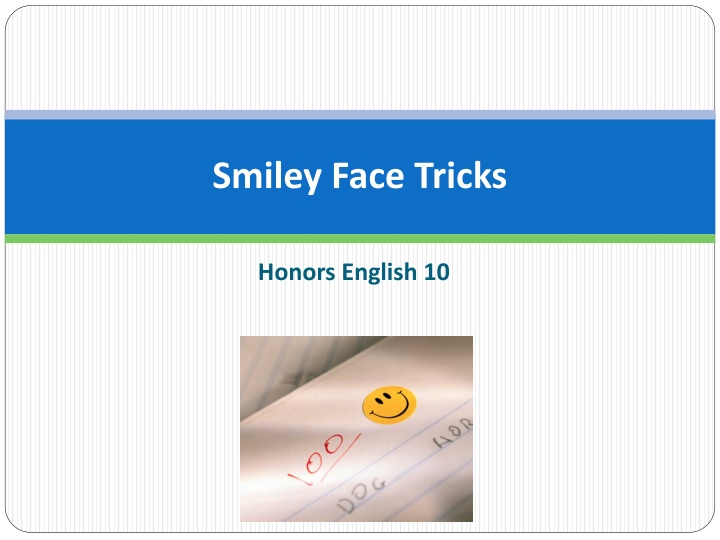
 undefined
undefined




